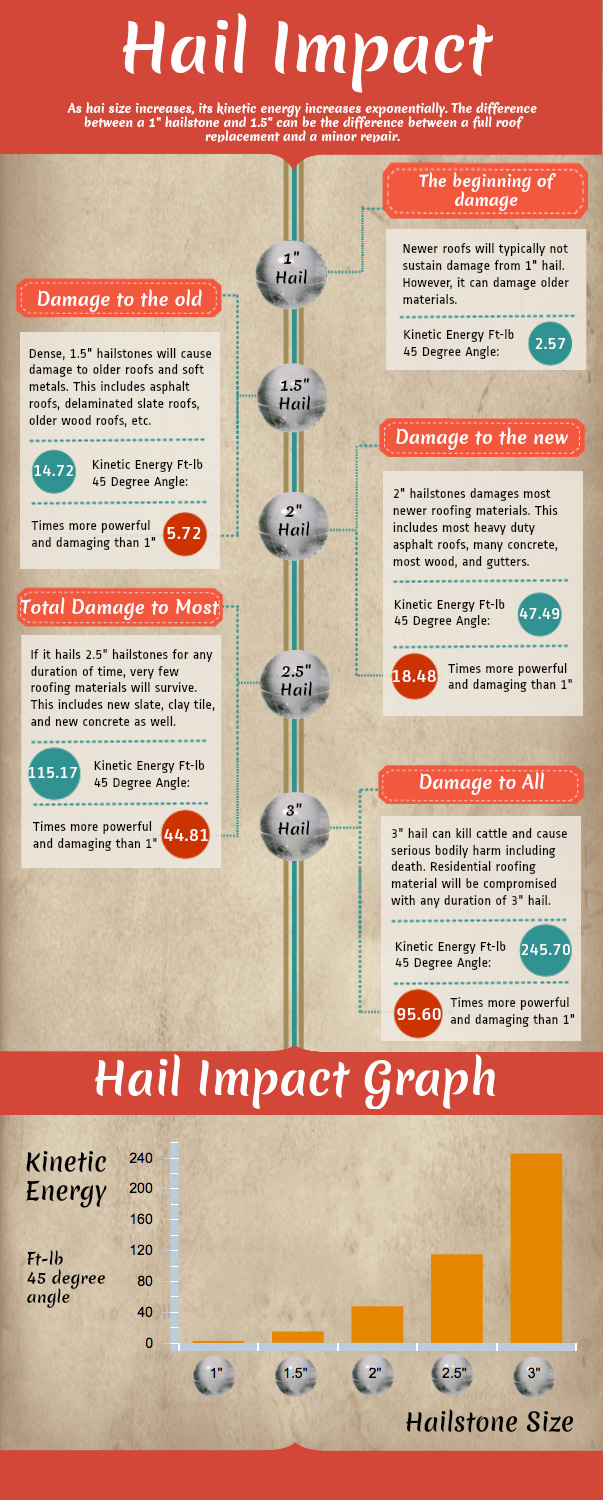Ignoring Roofing Air Flow Can Result In Costly Damages; Discover Crucial Aspects That Guarantee An Effective Installment And Protect Your Financial Investment
Ignoring Roofing Air Flow Can Result In Costly Damages; Discover Crucial Aspects That Guarantee An Effective Installment And Protect Your Financial Investment
Blog Article
Write-Up Writer-Caldwell Manning
When you're tackling a roof covering job, you might not think much regarding roof air flow, however it's more crucial than you understand. https://home-depot-metal-roofing73951.blogoxo.com/34103926/roof-setup-costs-expectations-and-reliable-budgeting-tips aids control temperature level and dampness in your attic room, protecting against problems like mold and mildew and architectural damage. By recognizing how to design and install a well balanced ventilation system, you can boost power efficiency and prolong the life expectancy of your roof products. So, what are the key variables to think about during setup that can make all the distinction?
Significance of Roof Ventilation
Roofing ventilation plays a crucial duty in maintaining the general wellness of your home. By enabling fresh air to circulate with your attic, it assists manage temperature level and moisture degrees. This equilibrium is important to stop warm build-up during warm months, which can lead to boosted energy costs as your a/c works overtime.
Additionally, proper ventilation significantly reduces the risk of moisture-related problems like mold and mildew and mold. If moisture levels rise, your home's structural honesty can be endangered, resulting in expensive repairs. You wouldn't intend to handle decomposing wood or deformed roof covering materials, right?
In addition, adequate air flow extends the life expectancy of your roofing system. When warm and dampness are kept in check, your roofing system can execute efficiently, stopping premature deterioration. This suggests less frustrations and expenditures down the line.
Just How Roofing Ventilation Functions
Effective roofing ventilation depends on the natural motion of air to create a balance between consumption and exhaust. When you set up vents, you're essentially enabling fresh air to enter your attic while enabling warm, stagnant air to run away. This process helps regulate temperature level and dampness degrees, preventing concerns like mold and mildew growth and roof damages.
Intake vents, commonly discovered at the eaves, pull in cool air from outside. Meanwhile, exhaust vents, situated near the ridge of the roof, let hot air rise and exit. https://beckettuogyr.theideasblog.com/34428347/analyze-the-essential-variants-between-metal-and-tile-roof-to-identify-which-choice-is-most-appropriate-for-your-requirements-and-budgetary-restrictions in temperature level develops a natural airflow, referred to as the pile impact. As https://www.buildings.com/articles/27345/3-high-tech-tools-can-better-your-buildings-roof-and-exterior , it develops a vacuum cleaner that pulls in cooler air from the lower vents.
To enhance this system, you require to make sure that the consumption and exhaust vents are effectively sized and positioned. If the intake is limited, you will not attain the desired air flow.
Furthermore, insufficient exhaust can trap warmth and dampness, causing potential damages.
Key Setup Factors To Consider
When installing roofing system ventilation, a number of essential considerations can make or break your system's effectiveness. First, you need to assess your roofing's layout. The pitch, shape, and products all affect air flow and air flow selection. See to it to choose vents that fit your roof covering type and local environment conditions.
Next off, consider the positioning of your vents. Preferably, you'll want a balanced system with intake and exhaust vents placed for optimal airflow. Place intake vents short on the roof and exhaust vents near the height to motivate a natural circulation of air. This setup helps stop moisture accumulation and promotes energy effectiveness.
Do not forget about insulation. Appropriate insulation in your attic prevents heat from running away and keeps your home comfortable. Guarantee that insulation doesn't obstruct your vents, as this can prevent air flow.
Last but not least, consider maintenance. Select ventilation systems that are easy to gain access to for cleansing and inspection. Regular maintenance guarantees your system remains to work successfully in time.
Verdict
To conclude, roofing system ventilation is important for an effective setup. By making certain appropriate air flow, you can avoid warm buildup and moisture problems that lead to pricey damages. When you purposefully setting intake and exhaust vents, you enhance energy performance and prolong the life expectancy of your roof covering. Keep in mind, a well-ventilated roof covering not only secures your financial investment yet also improves your interior air quality. So, focus on ventilation to make sure a durable and economical roof for your home.
